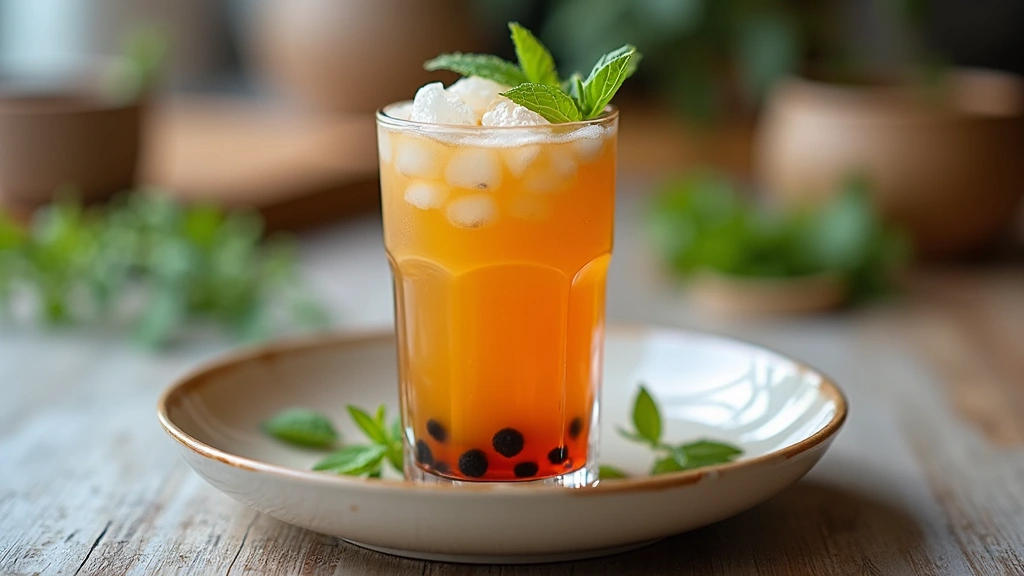The vibrant world of bubble tea offers a kaleidoscope of flavors and textures, perfect for those looking to explore something different.
This vegan-friendly version of bubble tea skips the milk, making it a refreshing and inclusive treat for everyone.
Crafted with the perfect balance of sweet and chewy, this recipe captures the essence of bubble tea without compromising on taste.
Imagine sipping a chilled glass of this delightful beverage, each sip offering a burst of fruity goodness and the satisfying chew of tapioca pearls.
Whether you’re a seasoned bubble tea enthusiast or a curious newcomer, this DIY approach allows you to personalize every aspect to your liking.
Let’s dive into creating this exciting drink that not only quenches your thirst but also excites your senses.
The History and Cultural Significance
• DIY Bubble Tea traces its origins to Taiwan in the 1980s, where it was originally created by Lin Hsiu Hui at a small tea shop.
• The dish evolved over decades as different fruits and flavorings were added, eventually becoming the beloved version we know today.
• In Taiwanese culture, this dish traditionally appears at casual gatherings and symbolizes a fusion of tradition and innovation.
• While many variations exist across different regions, the authentic version maintains the use of tapioca pearls that sets it apart from imitations.
Recipe Overview
Nutritional Information (per serving)
Essential Equipment Guide
Saucepan: Essential for cooking the tapioca pearls to the right consistency. An alternative could be a deep pot, but ensure it has a heavy bottom to avoid burning.
Strainer: Crucial for draining tapioca pearls once cooked. A fine mesh strainer works best to catch all the pearls without letting them slip away.
Wide Straw: Necessary for enjoying both the drink and the pearls simultaneously. Look for reusable materials like stainless steel or bamboo for an eco-friendly option.
Ingredients
For the Base
|
|
| Amount | Ingredient | Notes |
|---|---|---|
| 2 cups | water | for boiling tapioca pearls |
| 1 cup | tapioca pearls | adds chewy texture |
For the Tea
| Amount | Ingredient | Notes |
|---|---|---|
| 4 cups | strongly brewed tea | any flavor of your choice |
| 4 tablespoons | sugar | to sweeten |
For Flavoring
| Amount | Ingredient | Notes |
|---|---|---|
| 1 cup | fruit juice | adds natural sweetness |
| 1 teaspoon | vanilla extract | enhances flavor |
Preparation Methods
Cooking Tapioca Pearls: Tapioca pearls need to be cooked until they are translucent and chewy. This is critical because undercooked pearls will be hard and unpleasant to eat. Stir frequently to prevent sticking and clumping.
Brewing Tea: The tea needs to be brewed strongly to ensure it doesn't get diluted by the other ingredients. Use twice the normal amount of tea leaves for a robust flavor.
Merging Flavors: The final step involves combining tea, juice, and vanilla extract. This step is about creating a balanced flavor profile, so tasting and adjusting sweetness and flavor is crucial.
Step 1: Prepare Ingredients
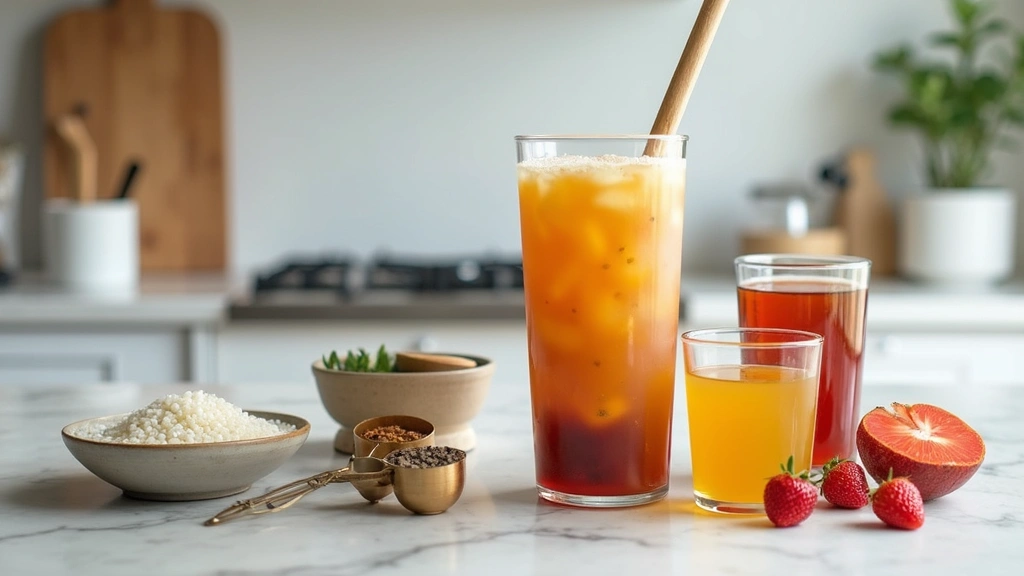
Gather all your ingredients and equipment.
Ensure the tapioca pearls are fresh and the tea is of your preferred variety.
Measure the required amounts of each ingredient.
Prepare a clean workspace to keep everything organized.
Step 2: Boil Water

Fill a saucepan with 2 cups of water.
Bring it to a rolling boil over medium heat.
Ensure the water is bubbling vigorously before proceeding.
This step is crucial for cooking tapioca pearls properly.
Step 3: Cook Tapioca Pearls

Add the tapioca pearls to the boiling water.
Stir gently to prevent them from sticking together.
Cook for 10 minutes until they become translucent.
Taste a pearl to ensure it is fully cooked and chewy.
Step 4: Drain and Rinse Pearls
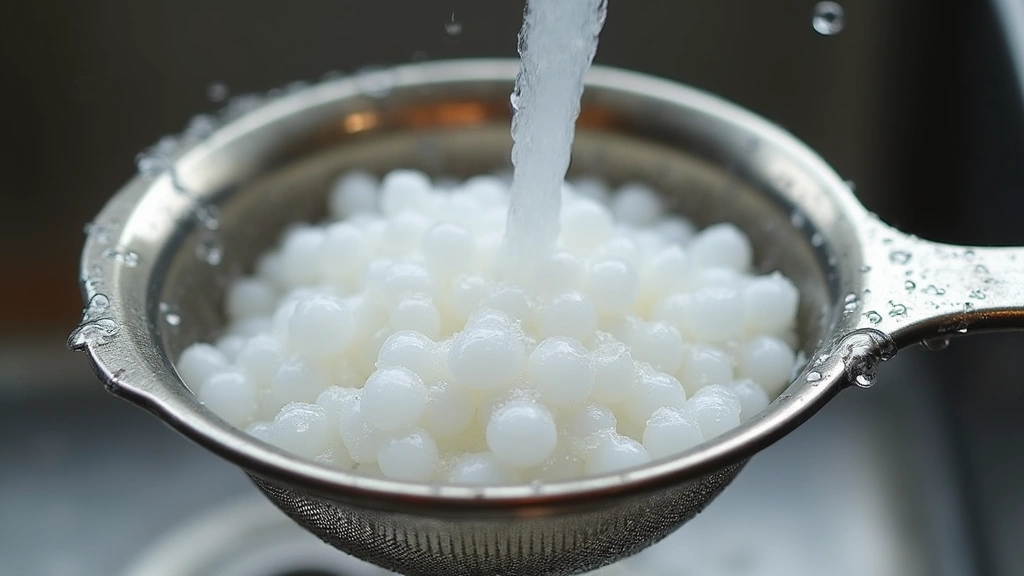
Pour the cooked pearls into a strainer.
Rinse them under cold water to stop the cooking process.
This helps to cool the pearls and prevent them from sticking.
Shake off excess water before using them in the drink.
Step 5: Brew the Tea
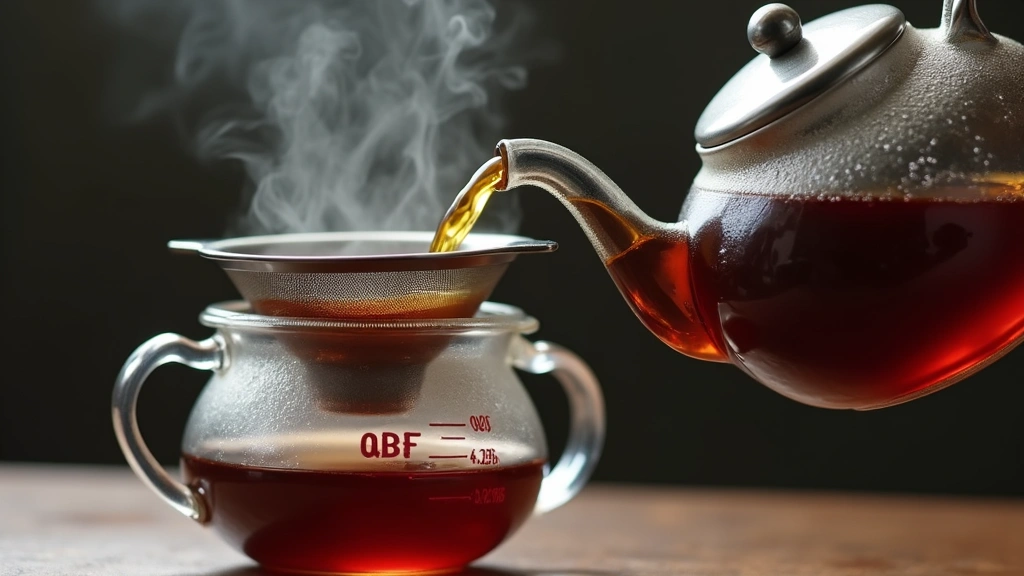
While the pearls cook, brew 4 cups of tea.
Use twice the usual amount of tea leaves for a strong brew.
Allow it to steep for at least 5 minutes.
Strain the tea to remove leaves or bags.
Step 6: Sweeten the Tea
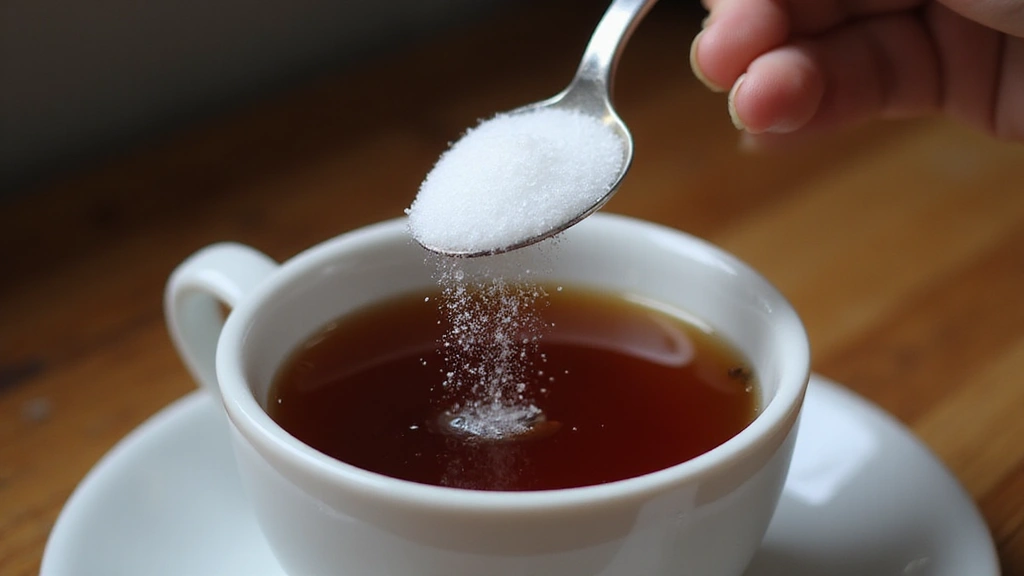
Add 4 tablespoons of sugar to the hot tea.
Stir until completely dissolved.
Taste to ensure the desired level of sweetness is achieved.
Adjust sugar if necessary for personal preference.
Step 7: Combine Ingredients

In a large pitcher, combine the brewed tea, fruit juice, and vanilla extract.
Stir well to mix all the flavors together.
Taste and adjust sweetness if needed.
Ensure the mixture is well chilled before serving.
Step 8: Assemble the Bubble Tea
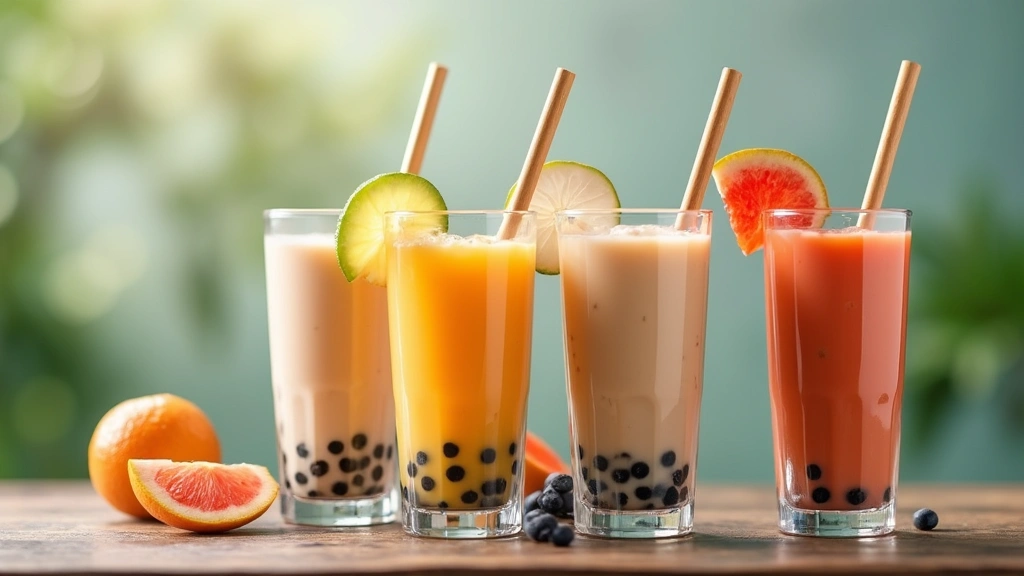
Add a portion of tapioca pearls to each serving glass.
Pour the chilled tea mixture over the pearls.
Serve with a wide straw to enjoy both drink and pearls.
Garnish with fresh fruit slices if desired.
Critical Timing and Temperature Guide
Cooking Tapioca Pearls: Cook for exactly 10 minutes at a rolling boil. Pearls should be translucent and chewy. Avoid undercooking as they will be hard.
Brewing Tea: Brew for 5 minutes at 100°C (212°F). The tea should be robust in flavor. Over-steeping can lead to bitterness.
Chilling the Tea: Chill in the refrigerator for at least 30 minutes before serving. The tea should be cold but not iced. Avoid serving warm as it dilutes the flavor experience.
Pro Tips for DIY Bubble Tea
• Ingredient Selection: Choose high-quality loose-leaf tea for the best flavor profile, as the tea base is crucial to the drink's overall taste.
• Preparation Secret: Rinse the cooked tapioca pearls in cold water to stop cooking and enhance chewiness, a step often skipped by home cooks.
• Temperature Management: Ensure the tea is chilled sufficiently before mixing; lukewarm tea can make the drink less refreshing.
• Texture Enhancement: Use fresh tapioca pearls within a few hours of cooking for the best texture.
• Flavor Layering: Consider adding a splash of coconut milk for additional depth of flavor without dairy.
• Make-Ahead Strategies: Brew the tea and cook the pearls in advance; store pearls in a sugar syrup in the fridge for up to 24 hours.
• Restaurant-Quality Finishing Touches: Serve with a wedge of lime or lemon on the side for a citrusy twist.
• Equipment Optimization: Use a cocktail shaker to mix the tea and juice for a well-blended and frothy finish.
Troubleshooting Common Issues
• Pearls Too Hard: This is usually due to undercooking. Ensure pearls are cooked until fully translucent and chewy. Reboil if necessary.
• Tea Too Bitter: Over-steeping can cause this. Use a timer to avoid brewing for too long and ensure proper water temperature.
• Flavors Unbalanced: If the drink is too sweet or bland, adjust by adding more tea or juice gradually to achieve the desired balance.
• Pearls Sticking Together: This can happen if not stirred during cooking or rinsed properly. Stir frequently and rinse under cold water post-cooking.
• Drink Too Watery: A common mistake is adding too much ice. Use chilled ingredients to avoid needing excessive ice and maintain flavor intensity.
Variations and Regional Differences
• Taiwanese Classic: Often includes milk or cream, but can be adapted with almond or soy milk for a vegan version.
• Thai-Inspired: Incorporates Thai tea and coconut milk, providing a rich, creamy texture and unique flavor profile.
• Fruit Burst: Focuses on fresh fruit purees and omits traditional tea, creating a vibrant, fruity drink.
• Japanese Matcha: Uses matcha green tea powder and often includes azuki bean paste for an additional layer of flavor.
Food Science Behind the Recipe
• Starch Gelatinization: Cooking tapioca pearls involves gelatinization, where heat and water break down starch granules, creating the desired chewy texture.
• Browning Reaction: Sugar dissolving in hot tea undergoes a mild browning reaction, enhancing the flavor and sweetness without caramelizing.
• Emulsion Stability: When tea and fruit juice mix, they form a temporary emulsion, requiring stirring to maintain a uniform flavor distribution.
Frequently Asked Questions
What's the most common mistake people make when preparing bubble tea? Overcooking or undercooking the tapioca pearls, resulting in poor texture.
Can I use different types of tea? Yes, you can use any strongly brewed tea, like black, green, or herbal, depending on your flavor preference.
How do I store leftover tapioca pearls? Store them submerged in a sugar syrup in the refrigerator for up to 24 hours to maintain texture.
Is there a way to make bubble tea less sweet? Adjust the amount of sugar added to the tea or use unsweetened fruit juice.
Can I use frozen fruits for this recipe? Yes, but thaw them first to ensure the drink stays cold without becoming watered down.
How do I prevent the pearls from clumping? Stir frequently during cooking and rinse with cold water immediately after to prevent sticking.
Is bubble tea healthy? It can be a part of a balanced diet when consumed in moderation, focusing on natural ingredients.
Serving and Presentation Guide
• Traditional Presentation: Serve in a tall glass with a wide straw, ensuring the pearls are visible at the bottom.
• Modern Twist: Use a mason jar for a rustic look, with a bamboo straw for an eco-friendly touch.
• Minimalist Style: Present in a simple, clear glass to highlight the vibrant colors of the tea and pearls.
• Party Style: Serve in a pitcher with fruit slices and mint leaves for a refreshing, communal option.
Conclusion
With this DIY bubble tea recipe, you're not just creating a drink; you're crafting an experience.
Perfect for any occasion, this vegan-friendly bubble tea is sure to impress and refresh.
Give it a try, and discover the joy of making this beloved beverage right in your own kitchen.

